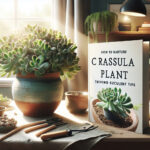Introduction to Crassula: Your Succulent Companion
Welcome to the whimsical world of Crassula, the plump and playful members of the succulent family. This is where Mother Nature shows off her knack for crafting the perfect plants for both seasoned green thumbs and novice gardeners alike. With their diverse array of shapes and sizes, the Crassula genus introduces us to a captivating succulent collection that’s as easy to love as it is to maintain.
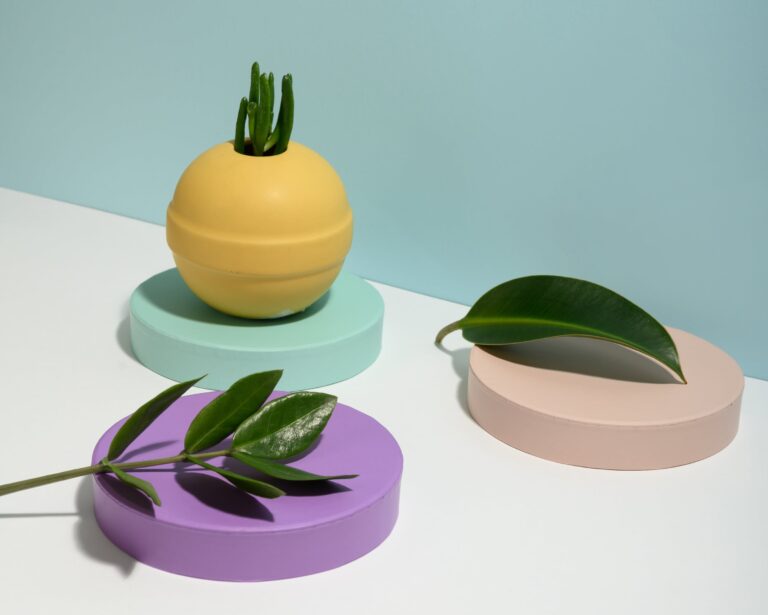
Imagine a plant that thrives on minimal care, bringing a touch of green serenity to your home or office space. Crassula plants are just that—a testament to the awe-inspiring resilience of nature. These robust little wonders can often be spotted perching on bookshelves, soaking up the sun on windowsills, and adding a pop of vitality to stark workspaces. They’re not just about adding aesthetic appeal; studies have shown that having plants like Crassula around can brighten your mood and purify the air.
Ready to invite these succulent delights into your life? Dive into the engrossing journey of Crassula care with confidence and curiosity. Get ready to flex your plant-parenting muscles because these succulents, while forgiving, flourish with the right know-how. Embrace the chance to nurture a piece of nature’s magic and watch as it transforms your surroundings. For a detailed dive into the thriving tips and tricks, peek at this helpful care guide and transform your leafy companion into a verdant masterpiece.
Selecting Your Crassula: Finding the Perfect Match
The quest for the perfect Crassula to adorn your home is much like selecting a fine wine; it’s all about finding the one that suits your palate—or in this case, your environment. Let’s embark on a journey to discover the Crassula species that resonates with your space, style, and succulent care aspirations.
You may covet the robust, tree-like Crassula ovata, known to many as the Jade Plant, with its glossy green leaves and woody stems. Imagine it as a centerpiece in your sun-soaked living room, a symbol of prosperity and good fortune. Or perhaps the Crassula arborescens, with its silver-dollar leaves, echoing the hues of a moonlit night, is your variety of choice. It’s ideal for adding a touch of elegance to compact spaces.
Ponder the striking Crassula capitella ‘Campfire’, whose vibrant red and green foliage sets your heart ablaze with excitement. Smaller in stature but fierce in visual impact, it’s perfect for uplifting a dreary desk or a narrow windowsill craving a splash of color. Conversely, the Crassula muscosa, with its intricate, lattice-like leaves, offers a textured charm and a conversation starter for guests, proving to be a delightful addition to any plant ensemble.
For those with a flair for the dramatic, the Crassula ‘Gollum’ beckons with its alien-looking, tubular leaves. Perched in a quirky, themed pot, it’s sure to command attention and spark imagination in a teen’s bedroom or an eclectic personal library.
Remember, no matter the species you settle upon, it’ll need the right care and conditions to truly prosper. Factors like lighting, watering frequency, and soil type are paramount in your Crassula’s journey from nursery to your nurturing home.
Visualizing the Growth
Before you decide, visualize the growth pattern. Do you desire a mini shrub to shape and style over the years or a low, spreading succulent that fills the contour of a decorative pot? Size matters too; some Crassula can grow quite large, so it’s essential to consider the space you’re looking to fill. A small corner shelf may not sustain the ambitions of a towering Crassula ovata, but it could be the perfect stage for a petite Crassula perforata.
Now that we’ve illuminated the path to your Crassula selection, here’s a friendly nudge to see these beauties in action. Feast your eyes on this video that breaks down the essentials in choosing and caring for your Crassula:
Go ahead, take your time, and enjoy the process. After all, the right Crassula can transform your personal space into an oasis of green tranquility, a daily retreat from the hustle and bustle of life.
Ideal Environment: Mimicking Crassula’s Natural Habitat
Let’s take a dive into the world of Crassula plants—those plump, perky, and frankly, quite captivating succulents that capture our hearts with their jade-green allure. You might look at these beauties and wonder, “How can I transform my living quarters into a Crassula paradise?” Well, fellow plant enthusiast, you’re about to find out!
Imagine the rugged terrains of South Africa, the warm coastal breezes, the kiss of the morning sun… That’s the homeland of our succulent friends. To make your Crassula feel right at home, let’s start with temperature—a comfy range between 60°F and 75°F will set the stage for outstanding growth. Too hot to handle? Fret not, these adaptable fellows can endure a few degrees higher, just as long as you keep them away from the freezing cold, which they detest as much as a soggy pot!
Next up, humidity. If you think moisture-laden air is the answer, think again! These plants are not fans of a tropical steam room. They prefer their environment as arid as a desert chase scene in an action movie. The good news? Typical home humidity levels are just dandy for these drought-tolerant dynamos.
And when it comes to lighting, think bright but not blazing. Those succulent leaves can get scorched quicker than marshmallows at a campfire if left under the relentless midday sun. Instead, provide a softly lit stage of indirect sunlight where they can bask like sunbathing celebrities without the fear of a tabloid burn.
How about a visual? Feast your eyes on this video featuring brilliant tips and a comprehensive care guide to help you provide an idyllic setting for your Crassula plants:
Now that you’re armed with the secrets of Crassula’s natural habitat, adjust that thermostat, moderate the mist, and let the sunlight filter in like liquid gold into your plant’s new personal oasis. Watch as your Crassula thrives, proving you don’t need a green thumb—just a tailored slice of nature within your own home.
The Watering Wisdom: Keeping Your Crassula Quenched
Mastering the art of watering your Crassula is akin to perfecting a delicate dance. It’s a balance that, when achieved, sees your resilient succulent thriving in its pot. The telltale signs of getting it wrong, however, are unmistakable. Overzealous watering can lead your Crassula to a path of soggy despair, its leaves turning soft and discolored. On the flip side, a thirsty Crassula shows its displeasure through wrinkled, parched leaves begging for a drink.
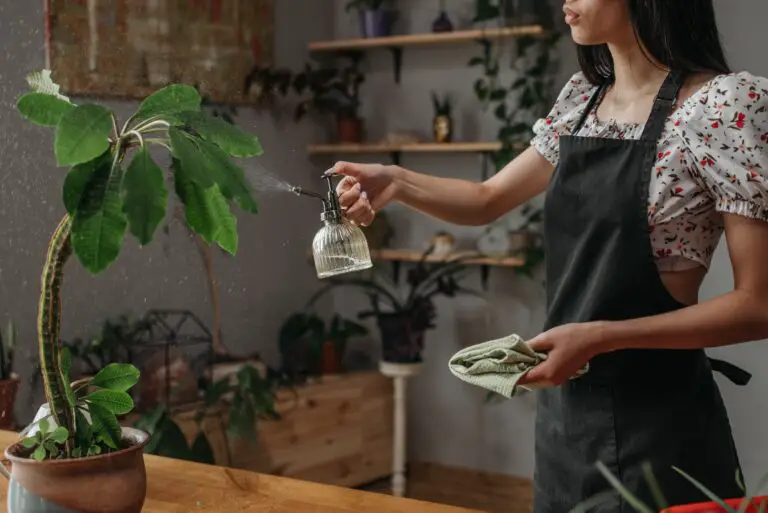
But fear not, for we’ve got the seasonal secret sauce to keep your Crassula perfectly quenched. During spring and summer, when your green companion undergoes its growth spurt, a bi-weekly watering routine is ideal. The soil should dry out completely between sessions. When fall casts its cooler cloak, and winter whispers chillier tales, lessen your watering rhythm to once a month, or when the soil has been dry for a while.
A hands-on approach works wonders – checking the top inch of soil for dryness can be your go-to method for evaluating if it’s time for a water waltz. Just remember, your Crassula abhors wet feet. Ensure any excess can escape by employing a pot with good drainage, and never let your plant sit in standing water.
To dive deeper into the rabbit hole of watering this charismatic succulent, delve into this comprehensive guide on keeping your Crassula content, no matter the season. It’s chock-full of insights and will equip you with the expertise to nurture your own thriving Crassula.
Ultimately, the key to a jubilant and lush Crassula lies in attentiveness and adapting to its watering wants. With a keen eye for its needs and the right watering cadence, your Crassula will be the epitome of plant perfection.
Succulent Soil Secrets: The Foundation of Crassula Health
Imagine for a moment – your Crassula plant is like a gourmet chef, and soil, well that’s its kitchen. Just as a chef needs a well-stocked and organized kitchen to create culinary masterpieces, your Crassula requires the perfect soil mix to flourish. Think of it as a physics problem waiting to be solved. The balance between water retention and drainage is key. Without well-draining soil, your Crassula’s roots might as well be trying to breathe underwater!
Now let me spill the dirt on the real secret – well-draining soil. It’s practically the life insurance for your succulent. You see, these plump leafed beauties store water, but they also despise wet feet. Too much water retention will send your Crassula to an early grave. Harsh, but true. To prevent this sad succulent tale, consider a soil mix that waltzes the fine line between retaining just enough moisture and letting the excess scoot its way out.
Here’s where you can play mad scientist. You can whip up your own DIY mix. Channel your inner alchemist by mingling some potting soil with gritty substances like perlite, coarse sand, or pumice – a concoction that’ll have your Crassula singing your praises. Needs more punch? Picture a beach volleyball court – that’s the kind of looseness you’re aiming for. Sure, you can find commercial mixes labeled “Succulent/Cactus Mix,” but creating your own blend adds that personal touch of TLC.
A real-life example? Take Sally’s Crassula. She was using a generic potting soil, and her plant was limper than a week-old lettuce leaf. But when she switched to a homemade mix – boom! – her Crassula perked up as if it had just downed an espresso. If you’d prefer to skip the DIY route, here’s some curated advice on succulent care that suggests some top-notch commercial options that are ready to use out of the bag.
Remember, your Crassula isn’t just another pretty face; it’s a botanical engineer that’s crafted a life in some rather harsh conditions. The right well-draining soil is the foundation of its empire, a throne upon which your verdant monarch should be seated. So treat it like nobility, and it will reward you by thriving in your indoor kingdom.
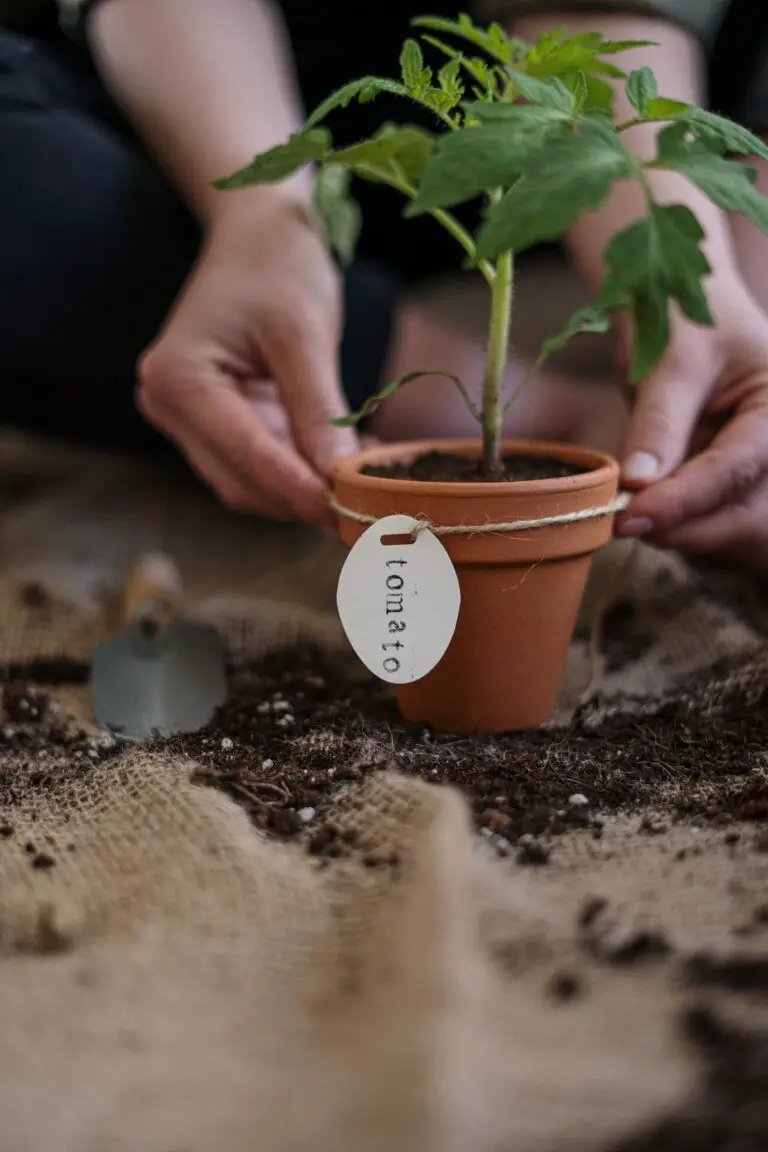
Feeding Finesse: Nutrition for Strength and Beauty
If you fancy your Crassula looking as lush and vibrant as the day you brought it home, let’s get down to the nitty-gritty of fertilization. Just like we humans thrive on a balanced diet, these succulent wonders need their fair share of nutrients to flaunt those Jade-like leaves magnificently. So, let’s break down the fertilization fiesta into bite-sized, green-thumb guidance!
First things first, the type of food your Crassula craves. Imagine the difference between fast food and a home-cooked meal; that’s the gap between chemical fertilizers and organic options. We’re talking fish emulsion, worm castings, or compost teas, providing a slow-release smorgasbord of nutrients. These are the equivalents of a gourmet meal for your potted pals!

Now, the golden question – how often to pamper these pretties with a sprinkle of plant nutrition? Well, think of it as a seasonal feast. During their growing season, spring and summer, Crassulas are like hungry teenagers, gobbling up a monthly dose of fertilizer. But come the cool winter months, they’re more like hibernating bears, barely needing a nibble – ease up on the feeding to prevent fertilizer burn.
Adhering to the ‘less is more’ philosophy, the dosages for these succulent species should be on the conservative side. A half-strength fertilizer will do wonders without overwhelming your green companion. It’s akin to savoring a rich dessert; a little goes a long way. Keep this in mind especially when you’re fostering tiny Crassula babies – they’re sensitive souls with delicate appetites.
Take it from a fellow Crassula caretaker who witnessed a transformation fit for a plant makeover show. After switching to a balanced, organic fertilizer, their once lackluster Crassula now gleams with robust stems and jewel-toned foliage. It’s a true testament to the power of proper plant nutrition and the joy it can bring to your indoor garden haven.
Propagating Proficiency: Growing Your Crassula Collection
Have you ever looked at your cherished Crassula and wished you could clone it? Well, you’re in luck! Propagating Crassula is like unlocking a secret level in the plant-parenting game where the prize is more succulent friends. I’m here to guide you through the stealth art of creating a bountiful Crassula cascade with just a few leaves, cuttings, or offsets. It’s like a magic trick, except it’s all about patience and plant savvy.
Let’s kick things off with leaf propagation. It’s as simple as it sounds. Gently twist off a healthy, plump leaf from your Crassula and leave it to callous over for a day or two. Once it’s got a tough little skin on the cut end, place it on top of some well-draining soil. And then, the waiting game begins. Mist it occasionally, and in due time, you’ll see tiny roots and a miniature plant emerging from the base. It’s the plant version of a caterpillar turning into a butterfly!
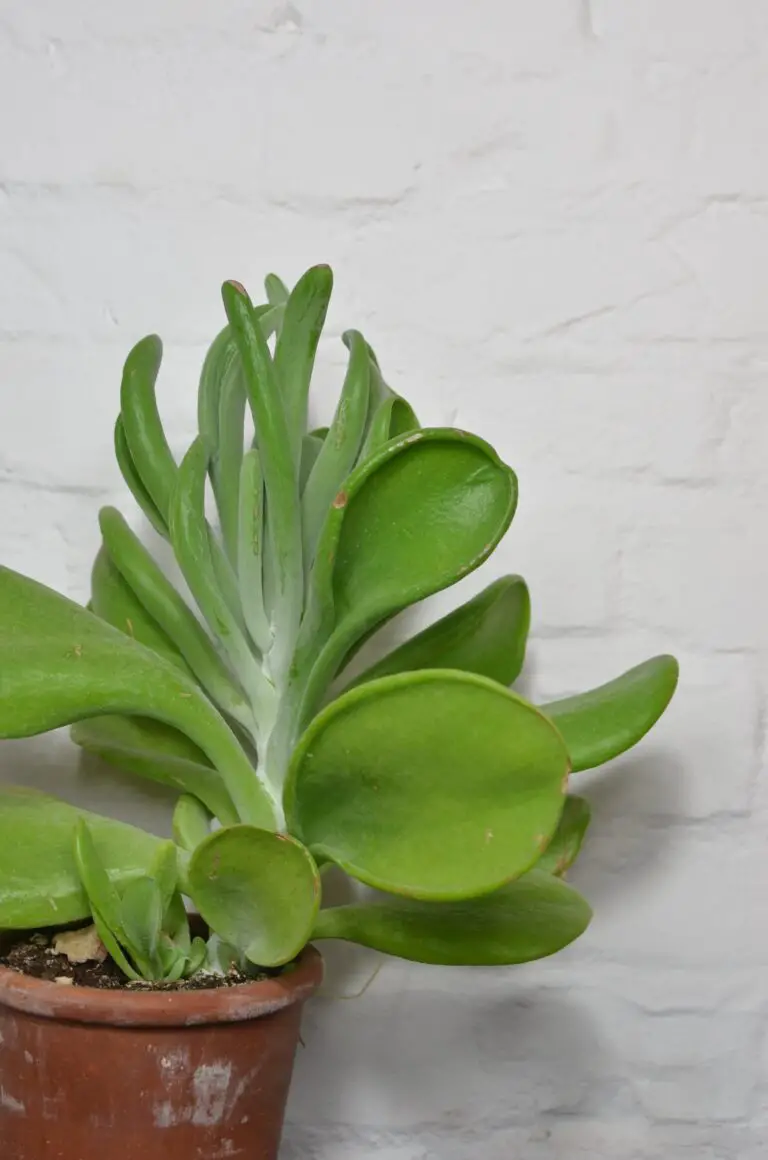
Now, let’s chat about cuttings, the plant equivalent of childhood ‘grow your own crystal’ kits. Take a snippet of Crassula stem, a few leaves included, and undergo the same callousing process. Plant these cuttings in soil and voila! You’re on your way to becoming a Crassula tycoon. Regular watering will coax roots to grow stronger, and those cuttings will stand firm like miniature green skyscrapers.
For those who want to multiply their greenery with minimal wait, let’s talk offsets. These little nuggets of Crassula joy are the ready-made plant babies that sprout at the base of a mature succulent. Think of them as the plant’s own attempt at creating a mini-me. Just give them a gentle twist, pop them in some soil, and they’ll grow up to be the spitting image of their parent. It’s like watching a family grow but in hyperspeed, with less drama and more photosynthesis.
Remember, though, that while you’re playing Mother Nature, conditions should be prime for your Crassula kids to thrive. Ensure they have bright, indirect sunlight and don’t drown them in love, or water for that matter. Overwatering is a common oopsie in the succulent world and can lead to root rot, turning your propagation party into a plant funeral.
There you have it, greenthumb gamers. With these techniques, you’re well on your way to expanding your green empire. So grab your Crassula, channel your inner botanist, and let the plant propagation commence!
Common Critters and Cures: Protecting Against Pests
If you’re a Crassula caretaker, beware: your lush jade leaves might just be an all-you-can-eat buffet for some freeloading pests! These critters are not the guests you want at your plant party, so let’s get down to the nitty-gritty of keeping your Crassula critter-free.
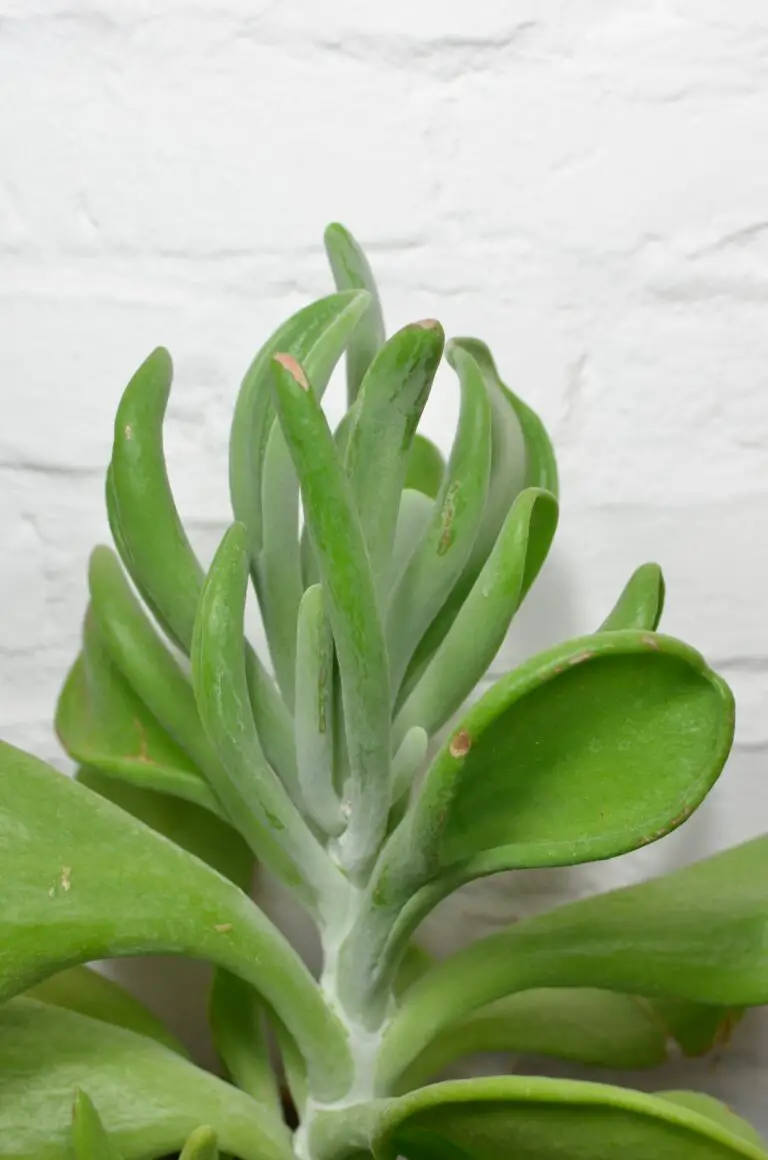
The Usual Suspects
Ever noticed tiny nibbles on your Crassula leaves, or perhaps a sticky residue? These are telltale signs that pests are playing havoc with your plant. Common invaders include aphids, mealybugs, and spider mites. Aphids are like the pickpockets of the plant world, sneaking in and sucking out the sap, leaving your Crassula weak. Mealybugs are the squatters, setting up camp in the nooks and crannies, while spider mites are the stealthy ninjas, often going unnoticed until they’ve spun their whole web of damage.
Organic Reconnaissance
Don’t fret! Before you reach for the chemicals, there’s an arsenal of organic options at your disposal. Neem oil is like the Swiss Army knife for plant pest problems — it’s a natural, effective treatment that deters a wide range of invaders. And let’s not forget the power of water — a strong jet can dislodge those pesky pests in an instant. For real-life inspiration, think about Derek from Denver, who reclaimed his Crassula collection from an aphid invasion purely with regular neem oil spritzes and the fury of a garden hose.
Bringing Out the Big Guns
Sometimes, though, the infestation calls for more drastic measures. For those times when the critters just won’t quit, insecticidal soaps and systemic pesticides can be the equivalent of calling in the pest control SWAT team. But remember, these are potent potions, so suit up in your best protective gear — safety goggles and gloves aren’t just a fashion statement!
Battling bugs doesn’t have to be a horror story. With these tips and tricks, you’ll keep your Crassula plants in tip-top shape, ready to withstand any critter that dares to take a bite. So raise your watering can high and declare, “Not on my watch, pests!”
Year-Round Crassula Care: Seasonal Adjustments for Vitality
As the seasons roll from the fresh blossoms of spring to the stark chill of winter, your Crassula, that stoic and chubby-leafed companion, demands a subtle dance of care adjustments to maintain its plump vigor. Let’s march through the calendar, shall we, tweaking our green thumb routines to keep our Crassula not just surviving, but thriving year-round.
Spring: A Wake-Up Call for Growth
Springtime is like a morning alarm for your Crassula. As light intensifies and temperatures gently rise, it’s time to slowly introduce more water. Imagine you’re the plant, waking up thirsty after a winter snooze. But don’t drown it in enthusiasm; a gradual increase does the trick. This is also the perfect time for a light fertilizer feast, as growth kicks into gear.
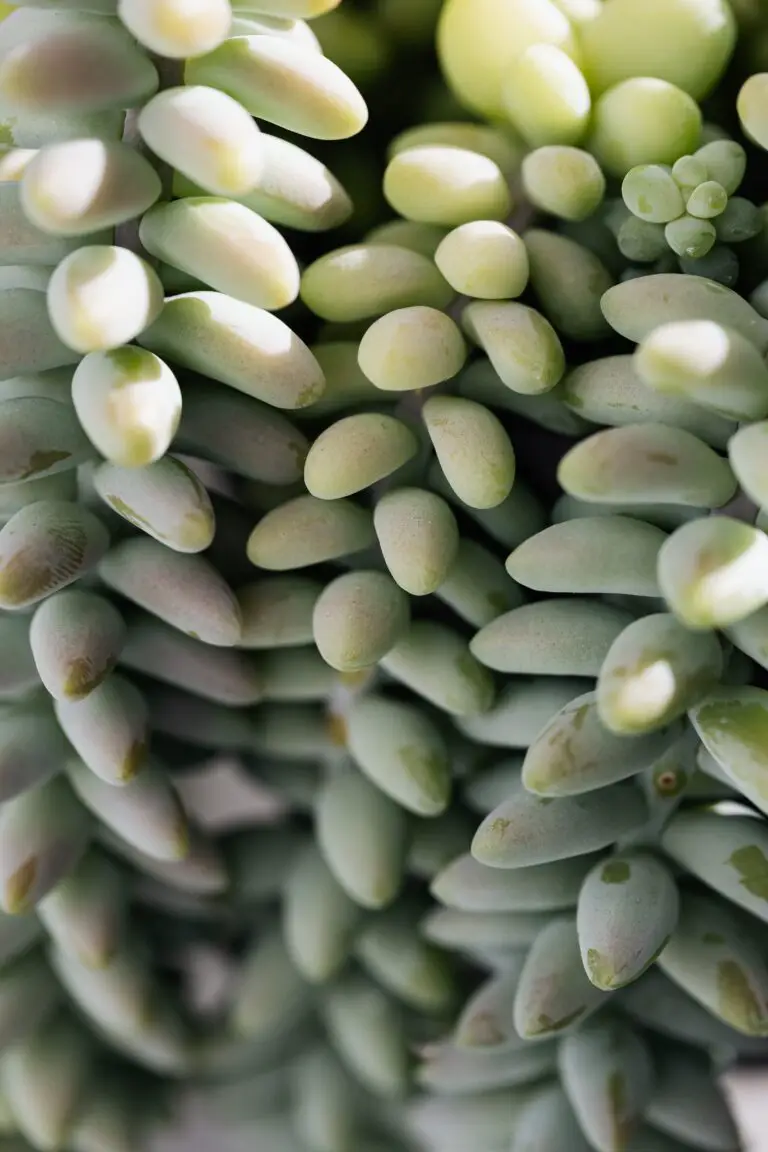
Summer: The Balancing Act of Sun and Water
Ah, summer, when the Crassula is in its element, basking in the longer days. However, with great sunlight comes great responsibility. Keep the soil lightly moist, and be cautious of overzealous sunbeams—no sunburned leaves, please. Rotate the pot weekly for even sun exposure, simulating their natural habitat’s moving sun. It’s like giving your Crassula a mini vacation every week!
Fall: Preparation for the Cozy Season
As autumn leaves cascade down, Crassula senses the winds of change. This is prep time! Reduce watering as growth slows, and think of it as tucking your Crassula in with just enough water to keep those succulent leaves plump. Hold off on the fertilizer; think of it as avoiding heavy meals before a long sleep. Your Crassula is easing into its restful phase, focusing on strong roots over flashy leaves.
Winter: The Minimalist Approach
Winter care for Crassula is all about restraint. Water sparingly, akin to a light drizzle on a wintry day. Your plant is dozing, entering a period of dormancy, so less is definitely more. Keep it in a spot with bright, indirect light—like a sunbeam filtered through the flurries. Your goal is to maintain, not encourage growth. Think of it as the plant world’s version of hibernation—steadfast and still.
Year-Round Observations
Throughout every season, maintain a watchful eye. Observe how your Crassula responds. See those new buds or slightly wrinkled leaves? They’re sending you signals, and your timely intervention can turn the tide. Adjust your care routine, little by little, and your Crassula will reward you with the resilience and beauty of a plant well-cared-for, season after season.
Troubleshooting Tips: Reviving a Struggling Crassula
Got a Crassula that’s looking more pitiful than plush? Fret not, fellow green thumb! Leaf drop, discoloration, and stunted growth can turn your plant paradise into a worrisome wasteland. But fear not—your Crassula isn’t ready to throw in the trowel just yet. Let’s troubleshoot together and rehabilitate your resilient succulent back to its lusty, robust self.
Leaf Drop Lament: Keeping Your Crassula Lush
Is your Crassula dropping leaves faster than a deciduous tree in autumn? It’s a cry for help! This common issue often speaks volumes about the watering routine. Your succulent adores a dry spell between watering, craving less rather than more. Make sure you’re allowing for that soil to dry thoroughly before the next water rendezvous. Too much TLC (tender liquid care) can lead to soggy roots and a clumsy cascade of leaves.
Discoloration Detective: Unraveling the Clues
Yellow, brown, or pale leaves? Discoloration in a Crassula can be quite the conundrum. It’s like plant hieroglyphics, but we’re here to help decode! A plant pal turning yellow could mean your adorable Crassula is acting out because of overwatering or poor drainage. Make sure your pot has holes quicker than a colander and mix that soil with some gritty sand or perlite to boost its draining dynamism. Brown spots? That could be sunburn—yes, plants get it too! Filter their sunlight, as though gently applying an SPF for your verdant friend.
Stalled Growth: Cracking the Code for Vigor
If your Crassula seems to be stuck in a botanical time loop, not growing an inch, consider its diet. Nutrients are to plants what a hearty breakfast is to us—they fuel growth! A balanced, succulent-specific fertilizer during the growing season is like a secret elixir for your Crassula’s vitality. Apply sparingly; a little goes a long way in the world of succulents!
For a visual guide to these care tips, why not dive into this helpful video? It’s like having a plant guru in your living room, guiding you on the path to Crassula recovery.
Remember, Crassula owners, arm yourselves with knowledge, employ these tricks, and watch as your Crassula makes that hearty comeback. Every plant problem has a fix; it’s all about reading the signs and becoming a responsive caretaker. So wear your botanical badge with pride and show your Crassula the care it cries out for!
Crassula Plant Mastery: Thriving Tips & Expert Care Tricks
Frequently Asked Questions
Whether you’re a seasoned green thumb or just starting your plant parenting journey, caring for a Crassula plant can be both rewarding and a test of your botanical prowess. Let’s dive into the nitty-gritty of keeping your Crassula thriving with some real-life tips and examples.
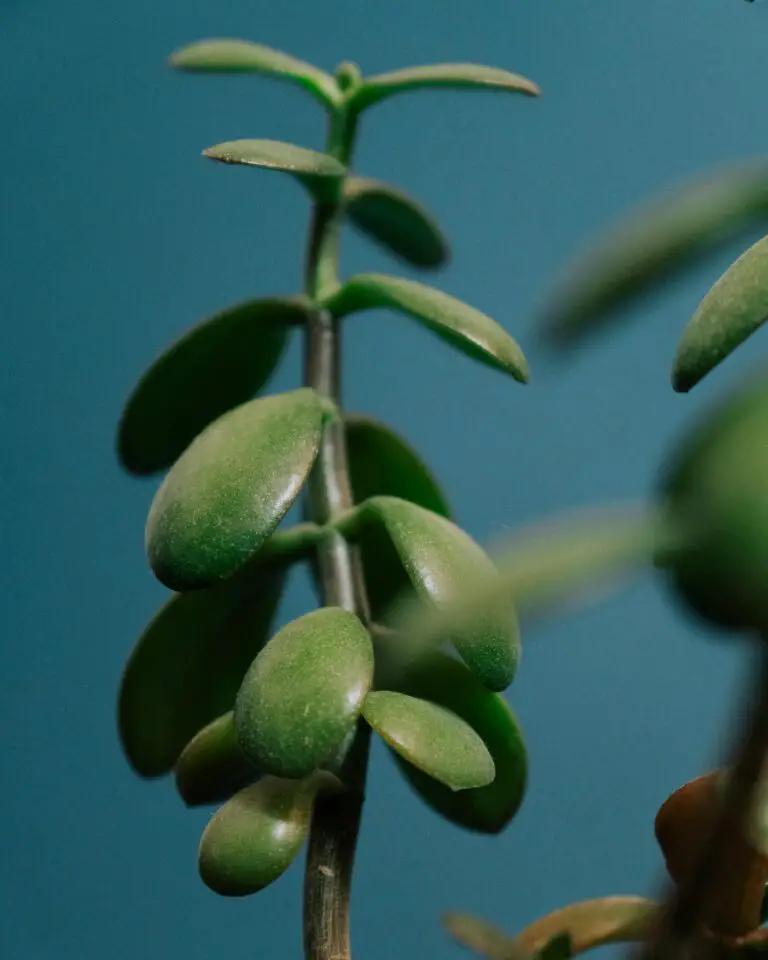
1. How often should I water my Crassula plant?
Imagine your Crassula as a camel in the plant world—resilient and equipped to survive with minimal hydration. The key to watering your Crassula is to wait until the soil is completely dry. Depending on your home’s humidity levels, this could mean watering as infrequently as once every two weeks or even once a month. An overzealous watering schedule is the nemesis of a happy Crassula, leading to soggy roots and an unhappy plant.
2. Can Crassula plants survive in low-light conditions?
Akin to finding solace in a cozy nook with diffused light, Crassula plants do possess the ability to endure lower light conditions. However, to see your green friend truly flourish, offer it a spot where it can bask in bright, indirect sunlight. A north-facing windowsill or a position a few feet away from a sunny window can work wonders for its growth.
3. When is the best time to repot my Crassula?
The optimal time for repotting is in the springtime, just as your Crassula awakens from its winter rest. The signs that it’s time to offer a new abode include roots peeking out from the drainage holes or the plant looking top-heavy. When repotting, choose a pot that’s slightly larger with a fresh mix of succulent-friendly soil to give those roots room to explore.
4. How can I tell if I’m over-fertilizing my Crassula?
You might notice your Crassula’s leaves turning yellow or brown, or the presence of a white, crusty layer on the soil’s surface—these are tell-tale signs of over-fertilization. Crassulas need minimal feeding; a light dose of succulent fertilizer once at the start of spring and then again in summer will suffice.
5. What’s the ideal temperature for growing Crassula indoors?
Your Crassula is not a fan of the cold and prefers a temperate climate similar to a Mediterranean breeze. Aim for an indoor temperature range between 60 and 75°F (15 and 24°C). Keep your plant away from drafty windows and doors during the chilly months, and it will reward you by thriving in its warm, cozy spot.


